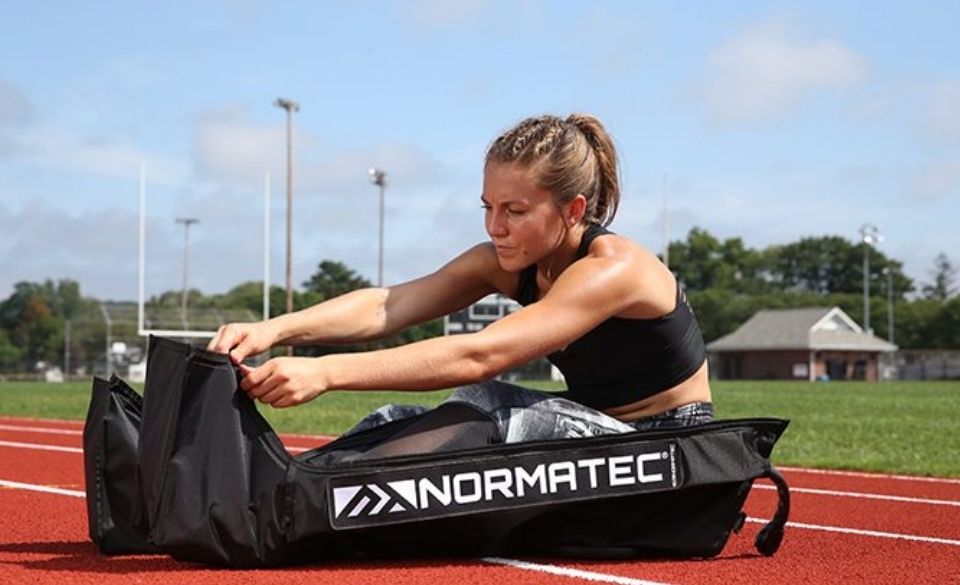
What To Do After Running? Guide to Fast Recovery After Training
Page Contents
We are often bombarded with different training plans promising to make us run faster. There is also a lot of information about recovery too. However, there is not much around to help the novice runner know what to do after running.
What you do after a run can affect the following days or even months training.
Having a plan of action after your workout can help you not only recover faster but also make you more efficient with your time.
In this article, we look at what you should be doing after your run. We also share with you some tips and tricks from coaching athletes for more than 15 years.
What To Do After Running – Complete Guide
Whether you are a novice or elite runner, there are some important things you should do directly after your run. This doesn’t matter if it’s a hard interval workout or even a recovery run. Following these tips can help prevent muscle soreness, delayed recovery and keep your body functioning as it should.
Here are the most important things you should do after a run:
– Cool Down
– Hydrate
– Stretch
– Shower
– Refuel
The above 5 things you should do are the most important things you should do after your run. While these seem like common sense, many runners forget to warm down, hydrate, and stretch correctly.
Usually, they find themselves heading straight for food and then a shower. While this isn’t all bad, forgetting to hydrate and stretch correctly can slow down your recovery.
So as a rule of thumb, during the final few kilometers of your run, ease back the pace. This will allow your body to slowly warm down, bringing your heart rate down and easing the stress on your muscles. Doing so will prevent any stiffness in the legs later in the day and even the following days.
Hydrating after a run is an important part of your recovery too, especially in the summer months when the temperature rises. After you run make sure you drink at least 500-700ml of water. If the temperature is warmer than 20 deg, you may need to replace water with an electrolyte drink. This will help replace your electrolytes and help hydrate you quicker.
If you are a more experienced runner, you can weigh yourself before and after running. This will give you a better idea of how much fluid you lost during your run. However, for most people drinking between 500-1000 ml within 30 minutes of finishing your run is a good place to start.
Once you have warmed down correctly, hydrated and stretched. You can then start to refuel after your workout. Remember eating within 30 minutes after your workout can help speed up recovery.
Remember to stay away from foods high in saturated fat. Eating foods like processed meat, fast food or cured meats will slow down the digestion process. This will prevent the body from getting adequate protein and carbohydrates quickly into the system. This, in turn, will delay replenishing your glycogen reserves.
What To Do After Running – Follow the Correct Routine
Now you know what to do after running, you should put these into a well-organized post-workout routine. To do this, start by:
1. Reducing your speed during the final kilometers of your run
2. Start hydrating with 200-400ml of water or electrolyte
3. Start your stretching routine and keep a body of fluids next to you for easy access
4. Shower
5. Refuel with carbohydrates and protein
If the workout you did was overly long, or hard. You can shift 3 and 5 around. This will get the required carbohydrates and protein into your system much quicker.
If you are experienced with foam rolling, you can include this in your stretching routine. Foam rolling is a great way to stretch and relax the muscles after an easy session. However, if the workout has been hard, don’t go too deep with the foam rolling, as this can slow down the recovery. Instead, do some foam rolling later in the day when your muscles have had some time to recover after the workout.

What Else Can You Do After Running?
While we have already gone over the basics, there are some other tips and tricks you can do. This includes ice baths.
Even though the studies are mixed when it comes to ice baths after running, as a coach we have seen positive improvements from implementing ice baths after a hard workout.
By submerging your lower body in cold water, it can help reduce the amount of inflammation in the legs. Just make sure to keep the water temperature lower than 15°C.
Other recovery methods include elevating your legs. Elevating your legs can help reduce swelling. If you decide to elevate your legs just make sure you get up and walk around every 15 minutes.
Compression clothing and pneumatic compression (Normatec boots) are also other tools that can help you after a run. Pneumatic compression has been shown to help increase range of motion, relieve muscle soreness and even help promote muscle growth and repair.

What Should You Not Do After Running?
Now you know what to do after running to help speed up recovery, there are also some things you should not do after running. This includes:
– Forget to eat
– Not warming down correctly (just stopping)
– Drink alcohol
– Lift weights directly after a run
– Stay in your workout clothes for hours
Doing any of the above after your workout will slow down your recovery. Drinking alcohol after a run will impair muscle protein synthesis and promote dehydration. Then not eating will prevent replenishment of your glycogen stores and prevent optimum muscle recovery.
So remember to hydrate, stretch, shower, and refuel. Doing, so will help you prepare yourself for the following day’s workout. It will also prevent any long-term fatigue from a lack of recovery.
If you are still struggling with what to do after running or find that your recovery is consistently slow, reach out to a qualified running coach. They can help put together a plan that can help promote faster recovery after training.



